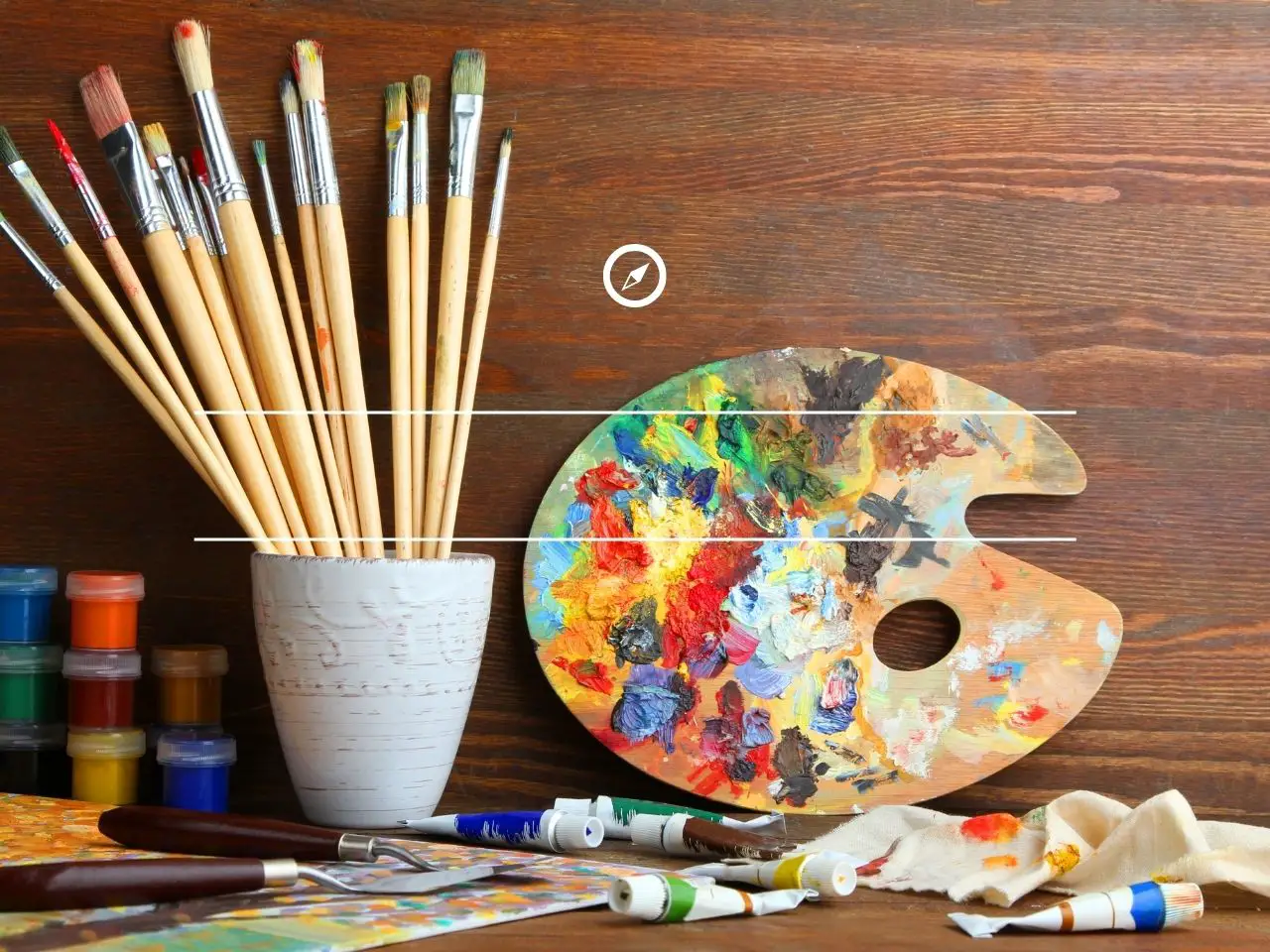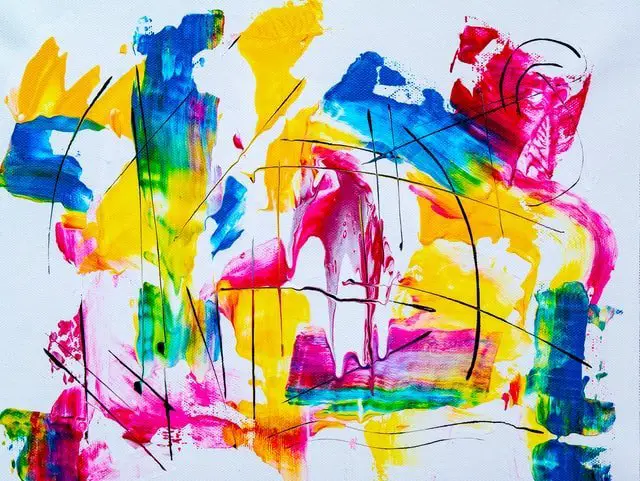We are going to get fully into art according to Nietzsche, to complement what was said in Friedrich Nietzsche, Biography, history, thought, philosophy, books, bibliography, contributions, death and other posts that are in my blogs.

According to Nietzsche, art is the fundamental metaphysical activity of the human being, and through it he can transcend the limits of his individual existence. The creative process involves a particular physiological state of the artist, which Nietzsche sees as an expression of the spiritual aspect of the body. The aesthetic state is achieved through frantic or ecstatic experiences, such as dance, music or sexual arousal.
Through the creation of art, the human being can affirm life and find joy and happiness, which do not require any justification, as they are their own justification. Art also plays a crucial role in stimulating life as an expression of the will to power.
Nietzsche and artistic creativity:
Nietzsche, who was an artist himself, devoted much of his work to theorizing about art. This interest is evidenced in his appreciation for music and music criticism, as well as in the presence of poetic embellishments in his prose. However, before addressing and analyzing the Nietzschean theory of art, it is important to consider some background. Nietzsche holds that man is the source from which the universe emanates and shapes it through language and ideas.
According to their perspective, life itself is meaningless, and it is man who creates meaning in the universe. Given this premise, a practical question arises: in what way can man generate meaning, and orient life towards growth and perfection? It is in response to this question that Nietzsche poses the function of art.
Nietzsche states that artistic creativity is the way by which man can justify his existence and transcend into the state of the Superman. Art allows you to find a path to self-transcendence and perfection. According to Nietzsche, man is the source of beauty and it is through it that he exalts and glorifies himself. Beauty, for him, is a fundamental aesthetic truth, and represents one of the most important values in the search for meaning and meaning in life.
For Nietzsche, the first aesthetic truth (for him, values are the only true aesthetic values) is:
“Nothing is beautiful, there is only one man who is beautiful: in this naivety rests all aesthetics, this is his first truth. Let us add from the beginning the second: nothing is ugly if it is not man who degenerates.”
In reference to man, Nietzsche writes: ” His sense of power, his courage, his pride, all fall with ugliness and the rise of the beautiful “.
According to Nietzsche, artistic creation requires a particular physiological state, and he uses this word to reject the duality between body and soul. For Nietzsche, the body is more spiritual than the mind itself, and that is why he considers that the physiological state that leads to aesthetics is frenzy or ecstasy.
This ecstasy is related to sexual arousal, and sensuality is a fundamental ingredient in aesthetics for Nietzsche. In addition, ecstasy can be achieved through dance or music. What is essential for artistic production, according to Nietzsche, is a state that increases the strength and fullness of the artist: “In this state, everything the artist sees is overloaded with force, so that his objects become a mirror of his power, so that they are reflections of his perfection. This transformation into perfection is art.”
According to Nietzsche, art is not simply an imitation of nature, but rather a metaphysical complement that allows the transcendence of it. For him, art represents the fundamental metaphysical activity of the human being, and is the supreme form of human activity. “The world is a work of art that is born to itself.”
In The Twilight of Idols, Nietzsche states: ” In man, art amuses like perfection ”
Art represents for Nietzsche the supreme happiness of existence and is the source of joy in the world. According to him, joy does not need justification because it justifies itself: through joy life is affirmed. Therefore, art plays a fundamental role as the supreme source of joy.
In addition, art makes life bearable by offering metaphysical comfort. However, art also allows to affirm and increase life. In this sense, the role of art is to stimulate life as an expression of the will to power.
Art: between Dionysus and Apollo
It is necessary to introduce two of the key aesthetic notions in Nietzsche’s philosophy: the Dionysian and the Apollonian. In Greek mythology, Dionysus is the god of drunkenness,, forces of nature, and music, while Apollo is the god of individuation, illusion, form, order, and the visual arts.
Generally speaking, the Dionysian notion refers to a force of chaos and destruction, while the Apollonian notion relates to creation and harmony.
Nietzsche argues that the dialectical interaction of the Dionysian and Apollonian forces gives rise to the emergence and evolution of art. The Dionysian force refers to destruction and chaos, while the Apollonian force represents creation and harmony. The harmonious unification of these two opposing and complementary forces is the genesis of the ultimate expression of art in history, Greek tragedy. However, for Nietzsche, it is in the Dionysian force that the greatest aesthetic power is found. ” As artistic forces that spring from nature itself without the mediation of the artist and through which nature finds its primary and direct satisfaction. Artistic impulses “
Artistic creativity allows man to transcend the limits of his individual existence and commune with the natural world through the Dionysian. Art, according to Nietzsche, is a means to achieve self-transcendence and overcome the limits of the ego. Ultimately, art is human metaphysics, an absolute affirmation of life and a negation of nihilism. It is a call to the individual to build a bridge between man and the superhuman.
Editions, Art according to Nietzsche
2021-23. NT.
Read also: Karl Barth; Adultery in ancient Greece and Rome; Relationship Between Logic and Philosophy; Aristotle philosophy; Wikipedia
- Que es diseño, concepto, definición (2) - August 19, 2025
- ¿Qué es el Software SAP? ¿Cómo funciona? Arquitectura de 3 niveles - August 17, 2025
- Análisis descriptivo versus análisis predictivo (4) - August 17, 2025
